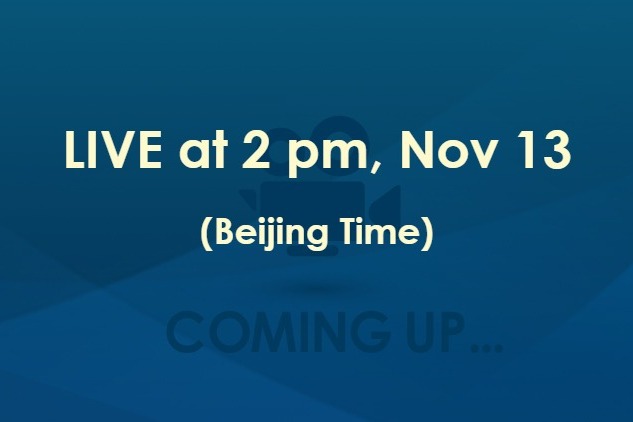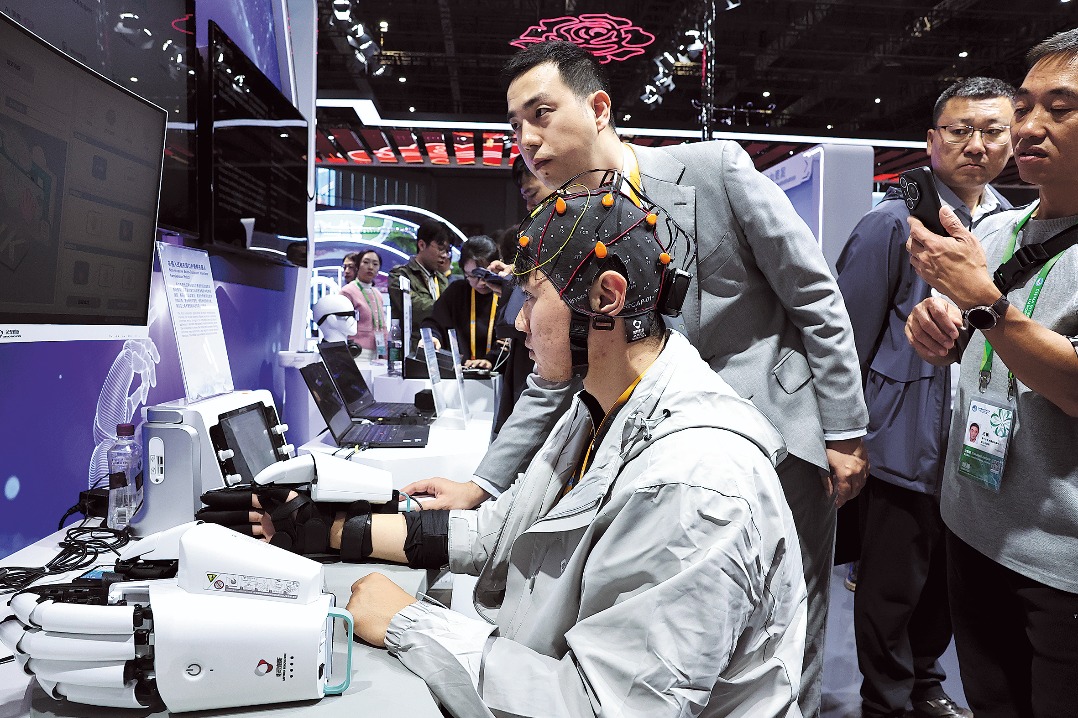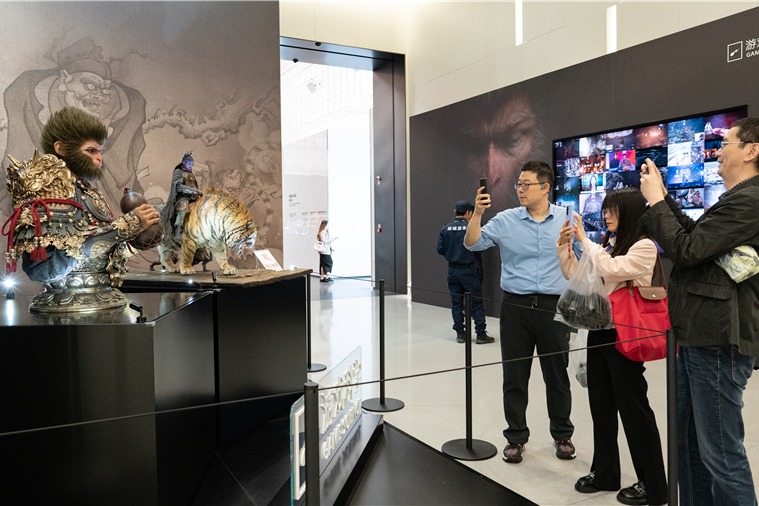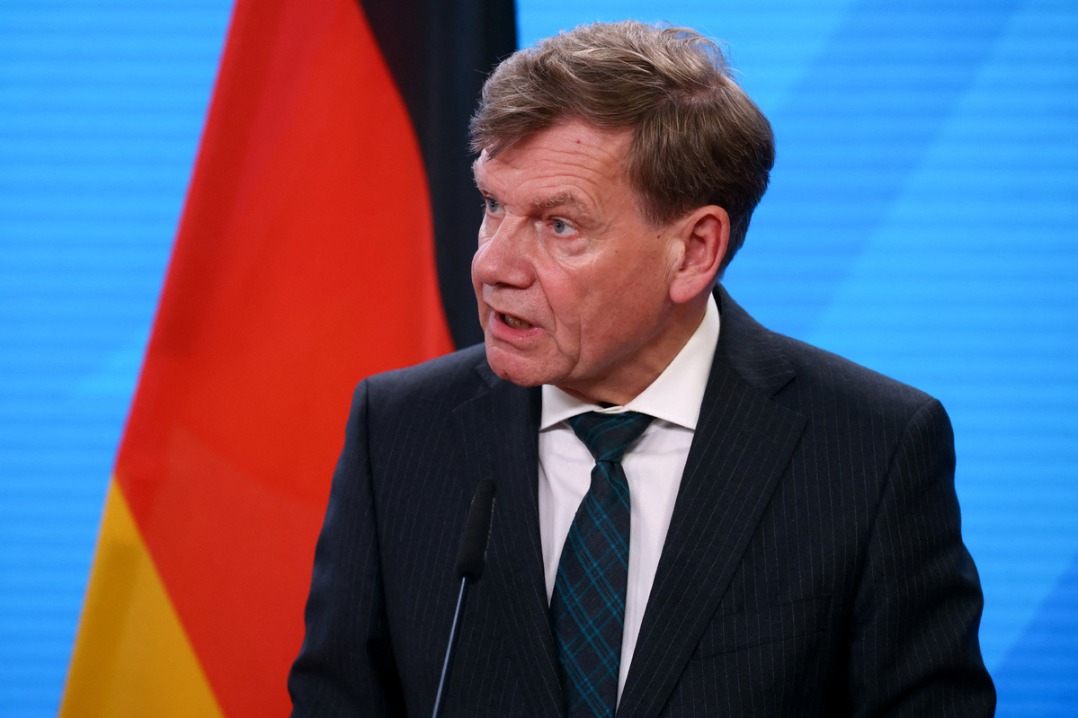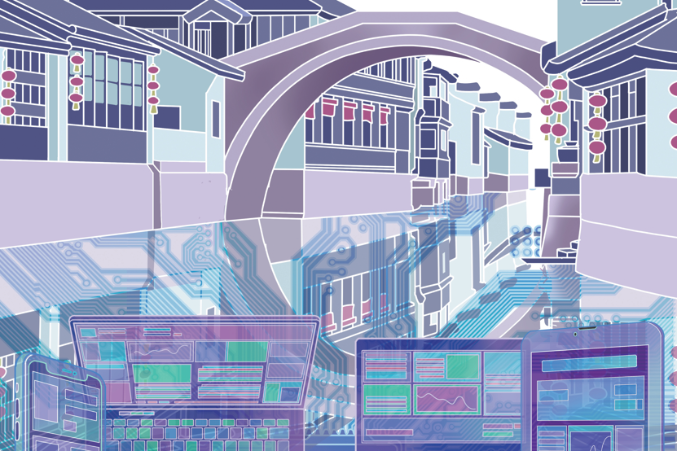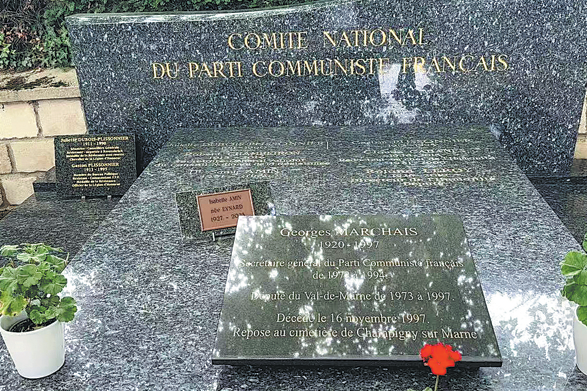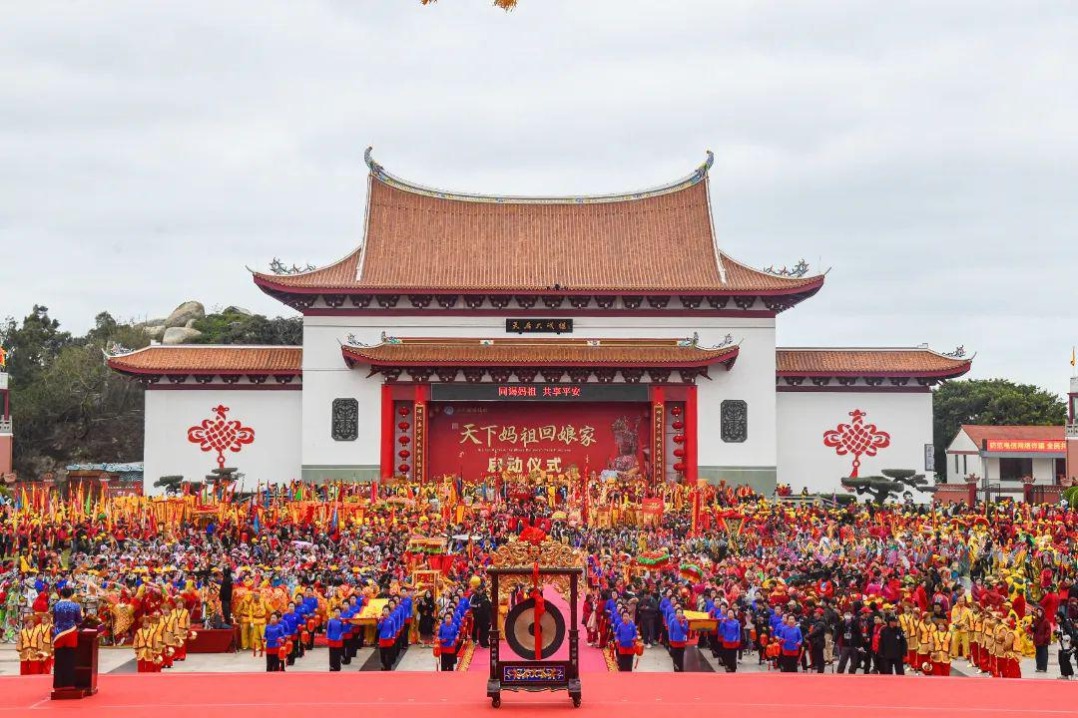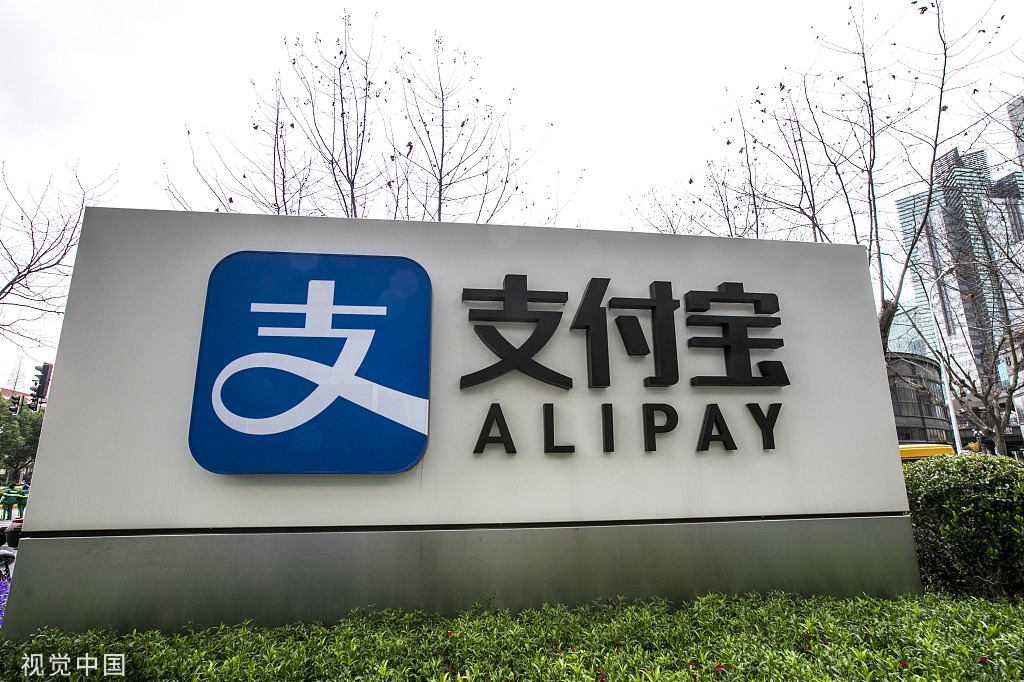US investment in its infrastructure overdue


Had US President Joe Biden not talked about bringing "high-speed rail to our nation" during his recent trip to Las Vegas, it would have continued to pass most people's notice that the United States does not have a single high-speed railway line.
When the US rose to the world stage in the late 19th and early 20th century, one biggest advantage this new power had was its infrastructure — a good, efficient railway network linking its vast territories. In the late 20th century when it dominated the world, it benefited from the thousands of airports spread across the nation. Yet, so far in the 21st century, the US is lagging far behind in infrastructure, not even having a high-speed railway line.
The reason for this is its diminishing efficiency. The US had planned a high-speed railway line linking Los Angeles with San Francisco at a budget of $30 billion way back in 2008, but even 15 years later it is still being discussed, with the budget having long risen beyond $100 billion. A high-speed railway line linking Los Angeles with Las Vegas before the 2028 Los Angeles Olympics could become the first-ever high-speed railway in the US, but nobody is sure if it will meet the deadline.
The US politicians might not realize it, but one needs more than just money to build a high-speed railway. The requirements include public consensus, efficient governance, allocation of resources to support it and the united pursuit of a dream for national prosperity, all of which the current-day US lacks. After all, it is taking years to just decide if a high-speed railway line is even needed, and which cities should be linked by such a line.
If Biden has realized the necessity to once again boost the US' infrastructure, he'd better go the whole hog. But US society is so divided that it is often beyond a president to fix it. So it remains to be seen when the US' first high-speed railway can become operational.
















